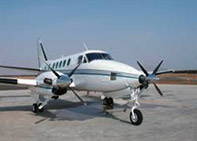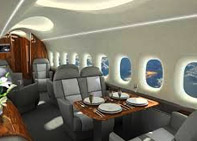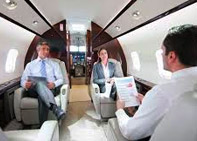Aircrafts have always flown with a whining buzz due to moving parts like turbine blades, propellers, or fans for over 100 years. A nearly silent, drone-size aircraft have been built and flown by the Massachusetts Institute of Technology (MIT) engineers with no moving parts.
An ‘ionic wind powers the light aircraft’, a silent flow of ions produced aboard the plane generating sufficient thrust to propel the aircraft and maintain a steady flight.
Steven Barrett of MIT was inspired as a child by watching Star Trek television episodes and movies by the shuttles that had no moving parts in their propulsion systems whilst flying. He wanted to find a way things could fly without having propellers and jet turbines. And, as an adult, he focused on a concept called “ionic wind.”
Barrett stated that the new technology initiated still had less clarity on whether it could work on a large scale in a telephonic interview. And, it could take a few decades to develop such planes. The new approach may reportedly be used in drones that usually perform tasks like environmental monitoring and surveillance. As drones are typically common in urban areas, the lack of noise would be a definite advantage.
Meanwhile, the Nature paper reported the results of 10 test flights inside the MIT athletic building. The 2.45 kilogramme plane with a wingspan of around 5 metres (16 feet) sailed along at about 17 kilometres per hour (11 miles per hour). And, each flight reportedly hovered approximately 55 metres (60 yards).
Barett explained that the MIT aeroplane generated a strong electric field involving a series of thin wires at the plane’s front. The area is said to strip electrons from air molecules, turning the molecules into positively charged particles called ions. The ions then flow toward negatively charged parts of the plane, colliding with ordinary air molecules and transferring energy to them, producing a wind that is said to provide the plane’s thrust. He also explained that a similar process had been used in outer space to propel some spacecraft.
Meanwhile, Pat Anderson, an aerospace engineering professor at the Daytona Beach, Florida, campus of Embry-Riddle Aeronautical University, reiterated that he thought the MIT researchers were up to something. And, he called the results impressive. The experimental aircraft reportedly falls short of the range and endurance to serve as a valuable drone. Barett reiterated that there is still no clarity on whether the technology could be scaled up to fix that or become useful for propelling a passenger plane.







Leave a Reply
You must be logged in to post a comment.